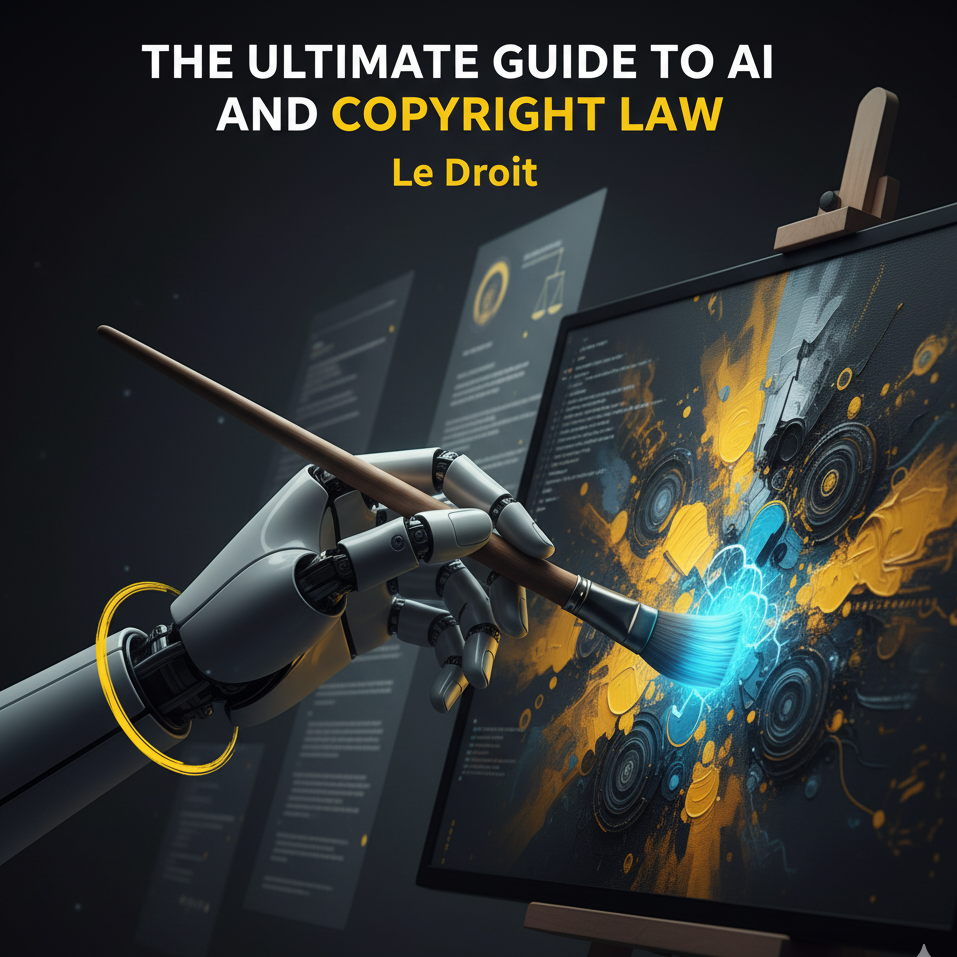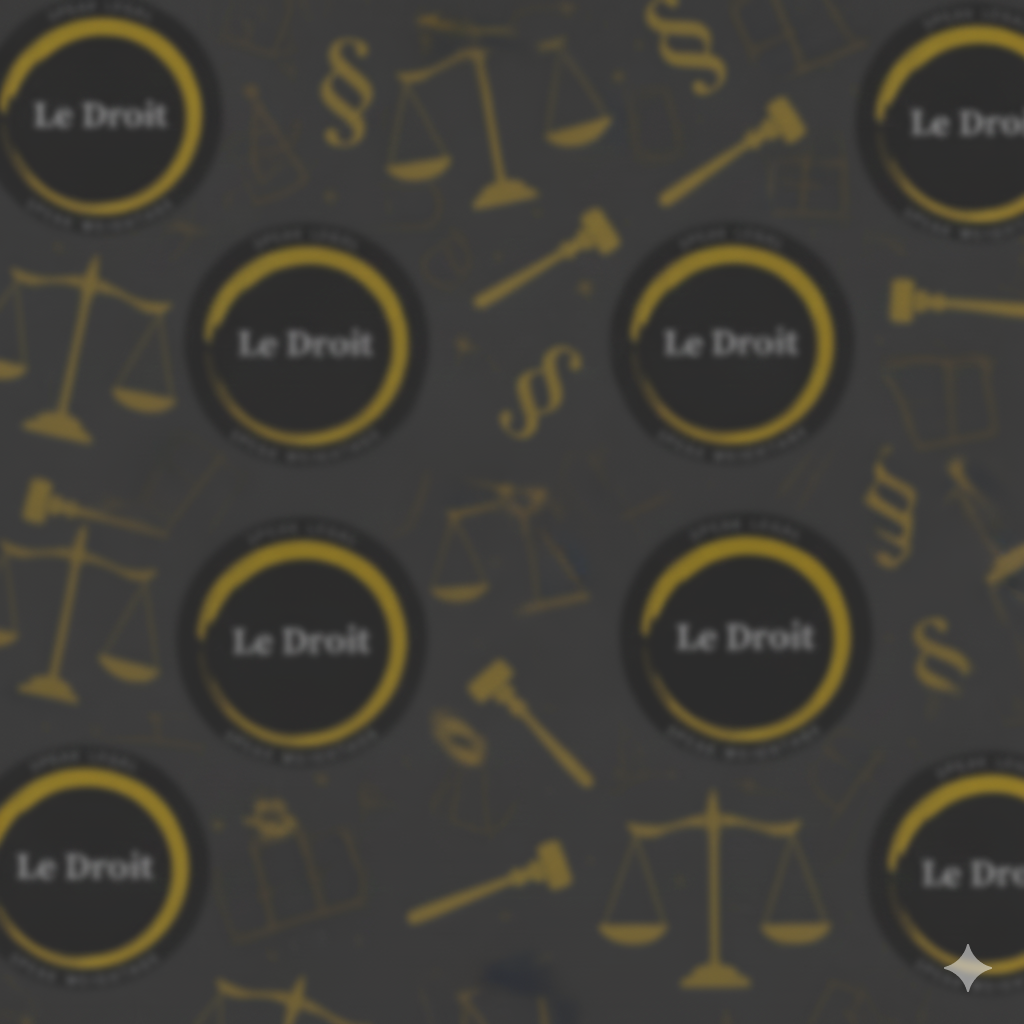This article is written by Kimaya Anavkar, a T.Y.LL.B. student at Kishinchand chellaram Law College.

Keywords
Artificial Intelligence, Copyright Law, AI-Generated Art, Copyright Infringement, Intellectual Property, Human Authorship, Fair Dealing, Moral Rights
Abstract
The rapid rise of generative Artificial Intelligence (AI) has created unprecedented challenges for existing copyright law. This article explores the core legal dilemmas posed by AI-generated art and other creative works. The first few lines establish the central conflict: machine creativity now tests the principle of human authorship, a cornerstone of intellectual property rights. We will analyse the strict definition of ‘author’ under the Indian Copyright Act, 1957, the ongoing lawsuits concerning AI training data and copyright infringement, and the viability of the “fair dealing” defence. The piece also delves into the complex issues of moral rights and the chain of liability for infringement.
Ultimately, the article summarizes the current legal ambiguities and explores potential legislative solutions for the dynamic intersection of AI and copyright law.
Introduction: The New Creative Frontier
We stand at the edge of a new creative era. Generative Artificial Intelligence (AI) tools like Midjourney, DALL-E, and ChatGPT can now produce stunning images, write compelling prose, and compose music with minimal human input. This technological leap has democratized creation but has also thrown a wrench into the centuries-old machinery of copyright law.
The core legal question is both simple and profound: Can a work created by an AI be copyrighted? And if it can, who is the author—the user who wrote the prompt, the company that built the AI, or perhaps, the AI itself? As a law student navigating this terrain, it’s clear that legislators did not build our existing legal frameworks for a world where the artist might not be human.
The Authorship Dilemma: Human vs. Machine
Most major jurisdictions build copyright law on a foundational requirement: human authorship. Legislators designed the law to protect the creative expression of a human mind. This principle is now the central battleground for AI-generated works.
Copyright offices have taken a firm stance. The U.S. Copyright Office, for example, has repeatedly stated that works generated entirely by an AI without sufficient human creative input cannot be copyrighted. The argument is that copyright offices cannot grant copyright to a non-human entity. Many argue that crafting a detailed, specific prompt is a creative act, but the current legal view is that the prompt is more like an instruction to a tool, rather than direct authorship of the final output.
Illustration: The case of the comic book Zarya of the Dawn is a key example. The U.S. Copyright Office granted the author copyright for the story and arrangement of the comic but denied copyright for the individual images because the AI Midjourney created them. This highlights the current legal distinction: the law protects human creativity, but it does not protect the AI’s output.
The Indian Perspective: Copyright Act, 1957
In India, the situation is even more clear-cut. The Indian Copyright Act, 1957, defines an “author” under Section 2(d). For literary, dramatic, musical, or artistic works, the author is explicitly “the person who creates the work.” The law’s repeated reference to a “person” strongly implies that only a human or a legal person (like a company) can be an author. An AI, having no legal personality, cannot be an author under the current statute.
This means that, as it stands, any work generated purely by an AI would likely fail to meet the authorship threshold and would not receive copyright protection in India, falling into the public domain.
Training Data and Infringement: A Ticking Time Bomb?
Developers train Generative AIs by analyzing massive datasets of images, texts, and sounds. They scrape much of this data from the internet, and copyright law protects it. This has led to a wave of lawsuits from artists and companies like Getty Images, who argue that this constitutes mass copyright infringement. The core of their claim is that AI companies make unauthorized copies of their work for a commercial purpose, violating their exclusive rights.
A Legal Shield? The Fair Use vs. Fair Dealing Defence
In response, AI companies often raise the defence of “fair use” (in the U.S.) or “fair dealing” (in India). The argument is that their use is transformative—they are not re-publishing works but using them to “learn” patterns to create something new.
However, there is a crucial difference. India’s “fair dealing” doctrine, found in Section 52 of the Copyright Act, is much more restrictive than American “fair use.” Fair dealing only permits the use of copyrighted work for specific purposes, such as private or personal use, research, criticism, or review. It is unlikely that training a commercial AI model would fit neatly into any of these categories. Therefore, legal experts consider the fair dealing defence significantly weaker in the Indian context compared to the fair use argument in the U.S.
Beyond Copyright: The Question of Moral Rights and Style
Another complex legal issue is that of moral rights. Under Section 57 of the Indian Copyright Act, authors have special rights, including the “right to integrity”—the right to prevent any distortion, mutilation, or modification of their work that would be prejudicial to their honour or reputation.
What happens when a user prompts an AI to create work “in the style of” a famous artist? While copyright law does not protect an artist’s “style,” courts could potentially view the act of generating mimicked work as a violation of their moral rights, especially if the output is poor quality or if a user applies it to purposes the artist would object to. This area of law is untested but poses a significant threat to the uninhibited use of AI to replicate artistic styles.
Conclusion: Legislating for the Future of AI and IP Law
The legal landscape surrounding Artificial Intelligence and copyright law is in flux. The core pillars of our intellectual property framework—authorship, infringement, and fair dealing—are being fundamentally challenged.
Rather than waiting for courts to interpret old laws for new problems, a proactive legislative approach may be necessary. Potential solutions being debated globally include:
- New Licensing Frameworks: Creating systems where AI companies pay a license fee to use creative works for training data.
- Sui Generis Rights: Establishing a new, limited form of protection for AI-generated works that acknowledges their economic value without granting full copyright.
- Transparency and Attribution: Requiring AI-generated content to be clearly labelled, and perhaps even tracing it back to the major works that influenced it.
What is certain is that a balance must be struck. We must foster innovation in AI while ensuring that human creators are respected and compensated for their work. The future of our intellectual property law depends on it.
Frequently Asked Questions (FAQs)
1. If I use an AI to make a picture, can I copyright it?
Generally, no. Under current Indian and U.S. law, you cannot copyright the image itself if an AI solely generated it, as it lacks human authorship. You may be able to copyright a larger work where you’ve creatively arranged AI images with your own text, but the images themselves would likely be in the public domain.
2. Is it illegal for AI companies to use artists’ work for training?
This is the central question in many ongoing lawsuits. Artists argue it is mass infringement. AI companies argue it is “fair use” or “fair dealing.” The defence is considered weaker under India’s more restrictive “fair dealing” law, but the courts have not yet made a final ruling.
3. Can I use an AI to create art “in the style of” my favourite artist? Is that legal?
While copyright law does not protect an artist’s style, intentionally mimicking it could raise issues related to “passing off” or, in some cases, a violation of the artist’s moral rights (the right to protect their reputation and integrity), especially under Indian law. It is a legally risky and ethically debated area.
4. Who gets sued if an AI copies someone else’s art?
The copyright holder is most likely to sue the user who generated and published the infringing image for direct infringement. However, the AI company could also face a lawsuit for contributory or secondary liability for providing the tool that enabled the infringement. Liability can be complex and may depend on the specific facts of the case.
